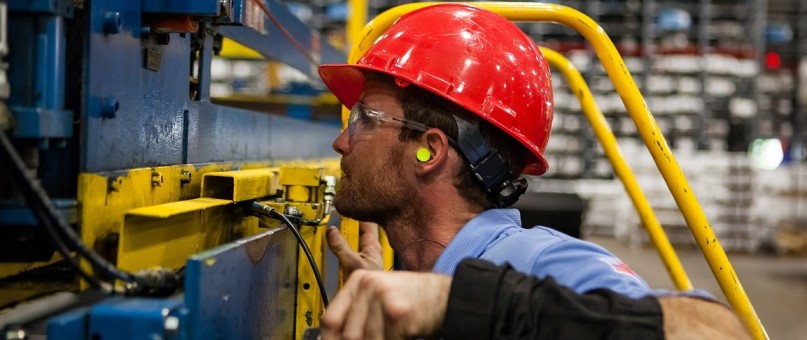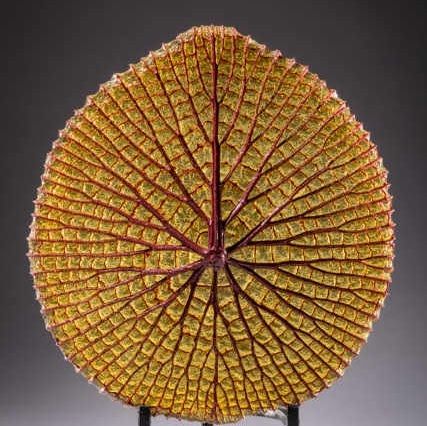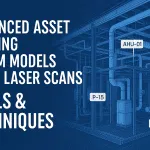fast cars, big 3D prints – what could be better?
One big reason why there’s a lot of promise for additive manufacturing in formula racing is that because of its size you can use large format 3D printing to print most any part you need. This may include the construction of motors, body kits and components in all shapes and sizes. This can obviously get very technical, one may even decide on the ratio of composition that they need for a certain type of race car for a certain race. This is bound to become a big deal in the racing world as being meaner and lighter can make all the difference on the different tracks. If you have more twists and turns you may want to commission a particular marriage of components. While there are huge advances being made in aviation, there’s significantly less room to experiment and try out different designs out on the field.
Especially for those who are accustomed to fixing up their cars or bikes from the comfort of their very own garage it seems only natural that at some point having a large format 3D printer would come in very handy as well as make the whole process a more personalized and meaningful process. One could really widen their horizons and make all sorts of things like a go-kart for their kid’s birthday, a mini-bike or parts for their personal drones such as additional components or customized accessories. While all this seems very plausible, there need to be concrete steps that need to be taken to test the waters in these respects. The big problem is that additive manufacturing is very expensive at present, so mostly businesses are the ones that need to take the lead to get the ball rolling and figuring out where adjustments need to be made.
This is where some experienced Formula teams are stepping up to the plate to build all types of components from rigid raw materials. They’re figuring out through actual experimentation out in the field what they can make happen and run more smoothly. In this way, the whole racing industry appears to be quite beneficial for those who dream about building automotive components themselves as true professionals are the ones who are taking the initiative. It is up to them to test the limits of this novel technology and are taking on the hard part of working all the bugs out. This is important and necessary to do before these sort of machines are geared towards a broader and more generally accessible market. It’d be a major shame if people all over the suburbs saved up all kinds of money for inferior results.
One very indispensable element in 3D design is the academic. A number of universities are becoming involved with the development of end-to-end digital design, particularly as it relates to aspects such as engine construction, for instance the shape of the intake manifold. One such example of college level affiliation is Hornet Racing, an engineering organization that works closely with California State University is working out of their Sacramento campus to not only conceive of, but also test out different designs that they hope will improve automotive performance.
Every year they work on a one of a kind, one seat, open-wheel car design producing a for the Formula Society of Automotive Engineers which holds an international competition. The completed project takes all kinds of skills particularly as it pertains to the motor as the intake manifold, which is tasked with feeding a mixture of fuel and air to the cylinders, needs to be especially efficient as competition guidelines dictate that these cylinders can only count on a single throttle for all, complete with a diameter restrict or that effectively limits the power output.
It’s a challenge alright, but the Hornet team was up to it and utilizing the complex geometrical capabilities of large format 3D printing they were able to increase airflow efficiency, decrease the weight of throttle related components and minimized boundary layering that traditional methods like welding couldn’t avoid, particularly as the innovative designs that needed to be constructed were very detail oriented. On top of taking a long time to put together, the costs of using traditional tools to accomplish them was quite large.
By using Digital Light Processing technology by Carbon to utilize large scale 3D printing of Rigid Polyurethane, or RPU, which yields a great deal of tensile strength that allows it to elongate up to 100% before reaching breaking point. This process also guarantees and outstanding finish despite high levels of complexity. In the context of this competition the team was able to completely rethink the intake manifold as a jet engine of sorts in such a precise manner that it was ready to be introduced directly into the engine.
They were also capable of cleverly and efficiently consolidate the fuel injector ports by using large format 3D printing to create them as part of the revamped intake runners with tapered diameters that smoothed air flow to the cylinder head ensuring powerful delivery that didn’t lag. The novel structure decreased turbulence considerably, all with no tooling costs whatsoever. In the end, at this 2017 they came in 16th out of 80 teams that competed.
On a more commercial note automotive part suppliers are developing new models that they can market to the racing world at a rate that´s much faster than before, which is good news as they can produce a truly reliable product for mass scale production with minimal testing time. One such example is the Tier One component manufacturer Magenta Marelli Brazil which teamed up with the resourceful CRP Group to use their large format 3D printing units and Laser Sintering materials, in this case WindformGF2.0, a powder that is made up of a polyamide base that’´s reinforces with glass fibers and Aluminum.
They came away with relevant notes for a new and improved intake manifold after various testing phases where they kept a careful eye on torque, fuel consumption, power and integrity with measurements taken at around 6,000 rpm´s. With this information they can develop a mold for distribution in record time. In the end Lon run we may see an welcomed leap forward in automotive ingenuity thanks to a construction process that´s yielding consistently reliable results that companies can use to give consumers far and wide the best and most up-to-date products, taking market competition up a gear .
Innovations and changes in consumer trends don’t just happen by themselves, it takes a lot of time, dedication and know how so that people can purchase them with confidence. For this reason mass scale introduction of electronics are pretty hard to come by despite our natural and prevalent fascination with the latest gadgets. What’s often necessitated are big commitments from experienced and resourceful companies and organizations that have the means to not only find out what works but to test limits and what outright will not. The latter isn’t considered too profoundly by the average person as they are for the most part just happy to bask in the glory of the final results.
There’s a lot that can ultimately happen to the role of additive manufacturing in both professional and personal spheres precisely because large players in the automotive and racing game are weighing in and lending what they have to the development of the mechanics of cars. Their research is proving invaluable in clarifying what large format 3D printing has in store for the future and engineering itself. Hopefully a new age of automotive know-how and ability will begin where more and more people can participate in what traditionally only experienced technical experts could, the augmentation of auto mechanics.







